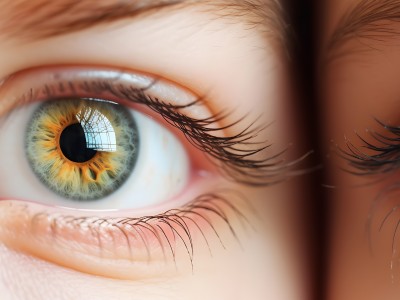
What is iris heterochromia?
02 May 2024
Iris heterochromia is a rare eye condition in which a person has irises of different colors. This can manifest itself in several ways, from having one eye of a different color than the other, to having sectors of the iris with different colors in the same eye.
There are three main types of iris heterochromia
- Complete heterochromia: refers to the presence of two different colors in the two eyes. For example, one eye may be blue and the other brown.
- Partial or sectoral heterochromia: in this case, one part of the iris has a different color than the rest. For example, a portion of the iris may be a different color, such as a brown spot on a blue iris.
- Central heterochromia: characterized by having two different colors in the same iris, creating a distinctive pattern. Typically, one color is more dominant and surrounds the other color in the center of the iris.
Causes of iris heterochromia
- Genetics: Heterochromia can be inherited in an autosomal dominant or recessive manner, or it can be the result of a spontaneous genetic mutation.
- Eye trauma: Eye injuries, surgeries or inflammation can cause changes in the color of the iris.
- Medical conditions: Some medical conditions, such as Waardenburg syndrome or Horner syndrome, may be associated with iris heterochromia.
Is iris heterochromia dangerous?
In most cases, iris heterochromia is a benign condition and does not pose a risk to visual health. However, in some cases, it may be associated with other underlying eye conditions that require medical attention.











